-
Adafruit IoT Monthly: Ventbot, Ethernet Turns 50, and more!
IoT Projects
Building the Ultimate Garage Door Control
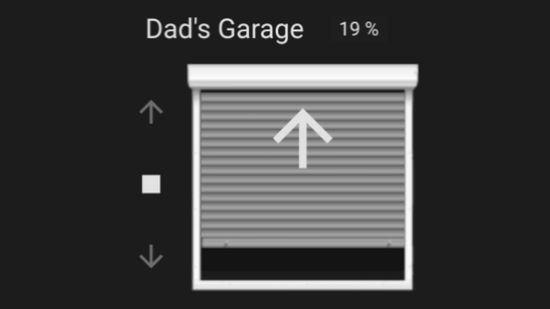
Stephen Carey’s store-bought Insteon garage door controller did not work properly and failed to integrate with Alexa. Instead of relying on Insteon, he built his own system complete with a way to visually check the door’s position. - HackADay
Internet-Connected Rain Gauge
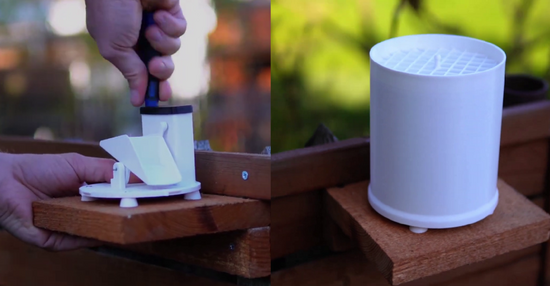
This 3D-printed rain gauge records rainfall and runs for a year on four AA batteries. -HackADay
Ventbot, a DIY HVAC Vent Booster
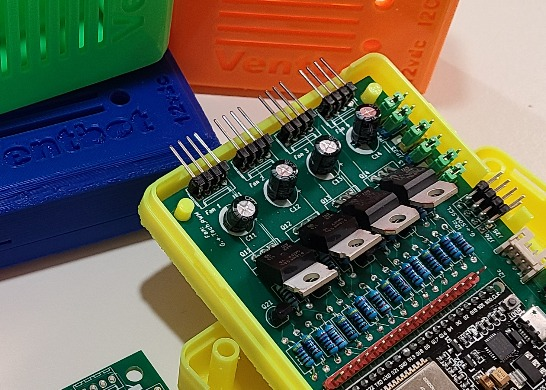
Do you have rooms in your house that are colder than other rooms in the winter? If you have air conditioning, are those same rooms warmer than other rooms in the summer? The Ventbot project is a DIY solution for making register boosters with intelligent temperature control. - HackADay.io
LoRa-to-Signal Bridge
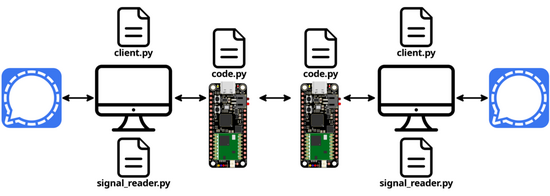
A way to chat with a friend on Signal, over ultra-long distances. - Adafruit Learning System
IoT News and More!
Adafruit.IO WipperSnapper now works with (some) TFT Displays!

We’ve released a new beta (beta 64) of our no-code IoT firmware, WipperSnapper, which includes support for the Adafruit ESP32-S2 FunHouse’s 1.14″ 240×135 Color TFT Display. If you’ve been using WipperSnapper on FunHouse, simply upgrade to the latest version (details below) of WipperSnapper and you’ll be greeted with a whole new user experience! - Adafruit Blog
Asus Routers Get Knocked Offline Due to a bad update
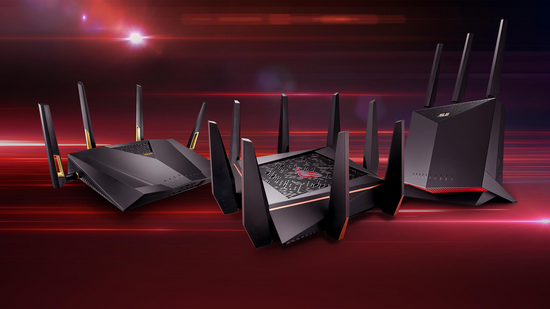
On May 16, 2023, Asus pushed a security update to all of their routers. The problem? A corrupted file was distributed, causing routers worldwide to go offline. - Bleeping Computer
Ethernet Turns 50 Years Old!
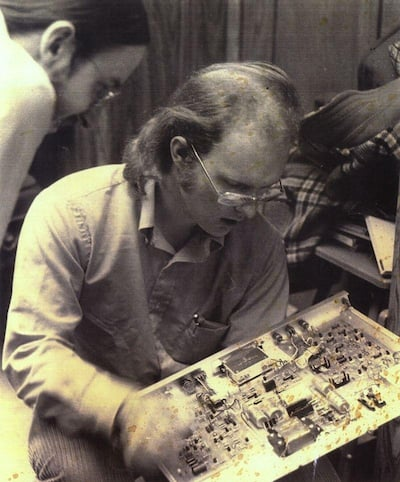
On May 22, 1973, Robert Metcalfe wrote a memo to management at Xerox Palo Alto Research Center explaining how Ethernet could work. This article from all about circuits lists the steps in Metcalfe’s career leading up to Ethernet. - All About Circuits
ESP32-C3 Wireless Adventure: A Comprehensive Guide to IoT (PDF!)
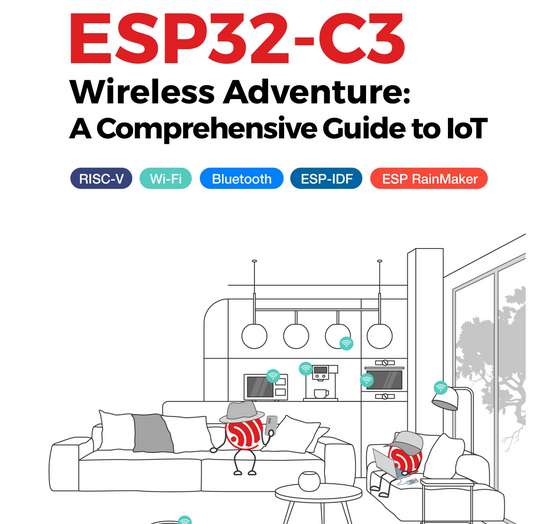
A free book/resource from Espressif detailing a journey through IoT. Chapters range from hardware design to power optimizations to getting a wireless project off the ground. - Espressif
A look at DeviceScript, Microsoft’s modern IoT coding language
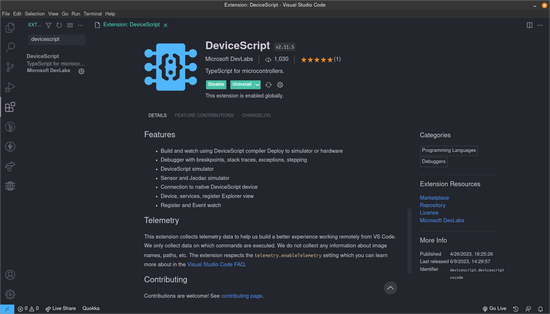
Kevin Tofel takes a tour around DeviceScript, a new IoT coding language from Microsoft. - Stacey on IoT
New functionality: Bluetooth for Pico with RP2040 W
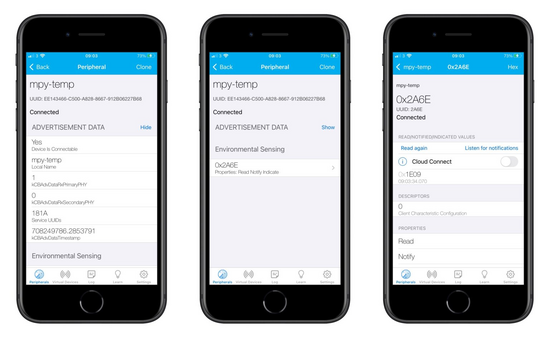
The $6 Raspberry Pi Pico W launched last year with WiFi. But one thing has been missing: Bluetooth support. Now that’s been fixed – and you don’t need to buy a new Pico W. The new functionality is available as a free software update for all Pico W boards. - Raspberry Pi Blog
-
Adafruit IoT Monthly: Guardian Robot, Weather-wise Umbrella Stand, and more!
IoT Projects
Weather Wise WiFi Umbrella Stand
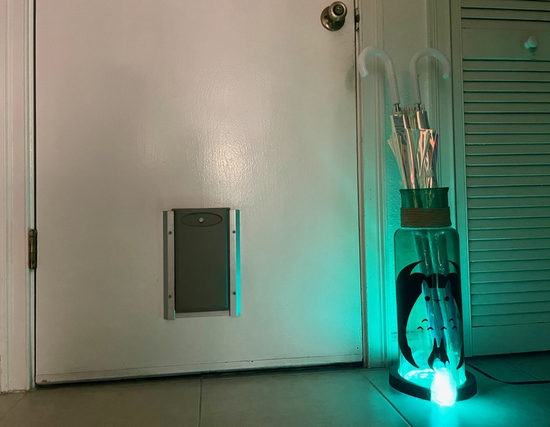
Looking for a fun and functional DIY project that can brighten up even the gloomiest of days? This WiFi-enabled umbrella stand checks the weather for you and glows if you are going to need your umbrella. Step-by-step instructions, easy to make, and stylish to boot. - Adafruit Learning System
Smart Home Guardian Robot
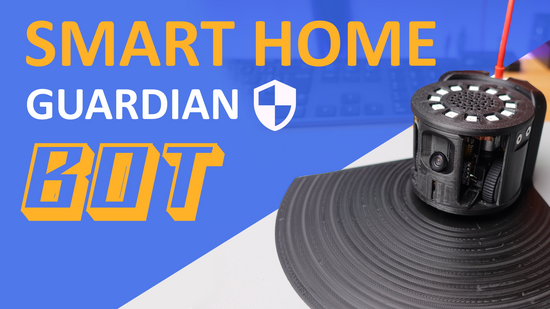
A DIY version of the Amazon Astro for home surveillance. - HackADay
Canary Nightlight
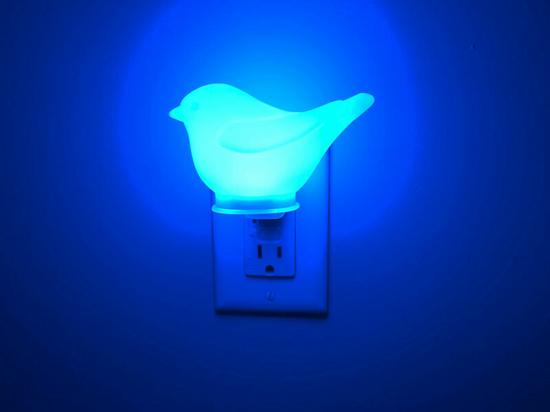
Wouldn’t it be great to have a nightlight that changes color based on the time to help with sleep and waking up? Even better, what if it lets you know when your internet is down so you’re not wondering? Build your own red and blue canary to put in the outlet by the light switch where it can watch over you! - Adafruit Learning System
ChatGPT for the Smart Home
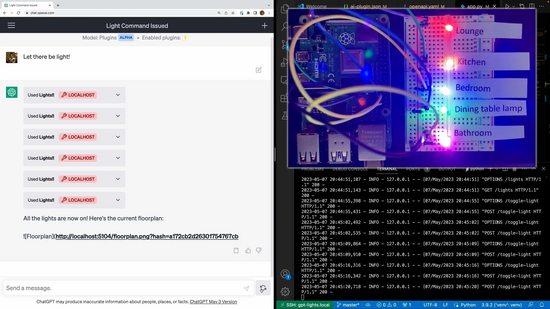
Using ChatGPT, atomic14 was able to generate a Python script to control specific pins on a Raspberry Pi. After generation, they “added on a bunch of bells and whistles afterwards, but the core of the API was generated by ChatGPT”. -atomic14
PiPyPirate Radio
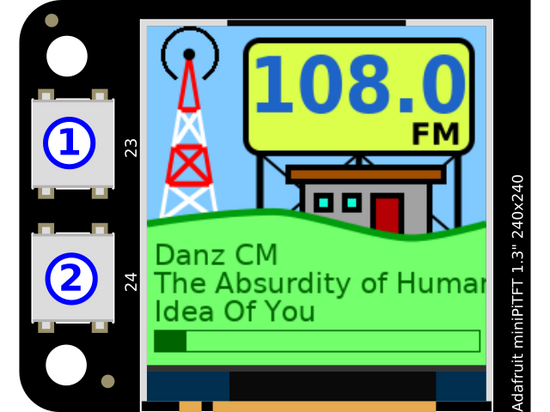
Make a low-power FM transmission radio station with a Raspberry Pi or other single-board Linux computer. -Adafruit Learning System
IoT News and More!
Adafruit IO WipperSnapper gets a Web-Installer Update
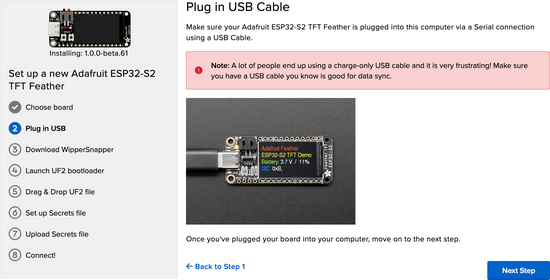
We’re excited to show you the improved Adafruit IO firmware installer that makes it easier than ever to get started on IO with a WipperSnapper-compatible device. - Adafruit Blog
Flipper Zero Gets a 1-Month Battery Firmware Update
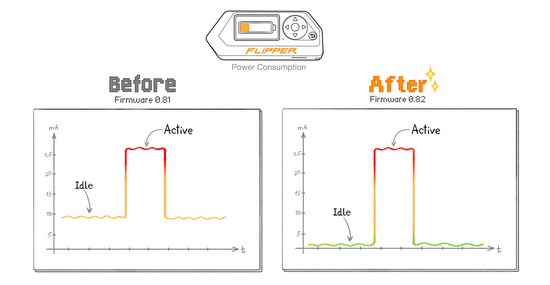
The Flipper Zero team details how a firmware update they rolled out increases the device’s battery life from one week to one month. - Flipper Zero Blog
What’s Next for the Smart Home?
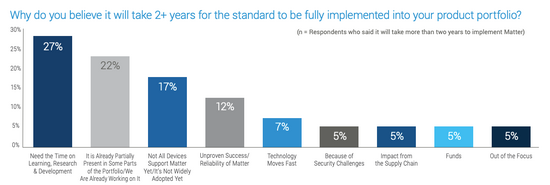
An analysis of Jabil’s 2023 Smart Home Report finds that consumers are still overwhelmed by choice, fragmentation, and concern about their privacy. - StacyonIoT
-
WipperSnapper Firmware Installer Updates

A warm hello from the Adafruit IO team!
Today we’re excited to show you the improved Adafruit IO firmware installer that makes it easier than ever to get started on IO with a WipperSnapper-compatible device.
Here’s a short video if you prefer to watch, and a detailed blog post follows.
The Story Thus Far…
Last year, we added a firmware installer to IO that walked users step-by-step through the process of flashing the WipperSnapper firmware to their boards. It was great!
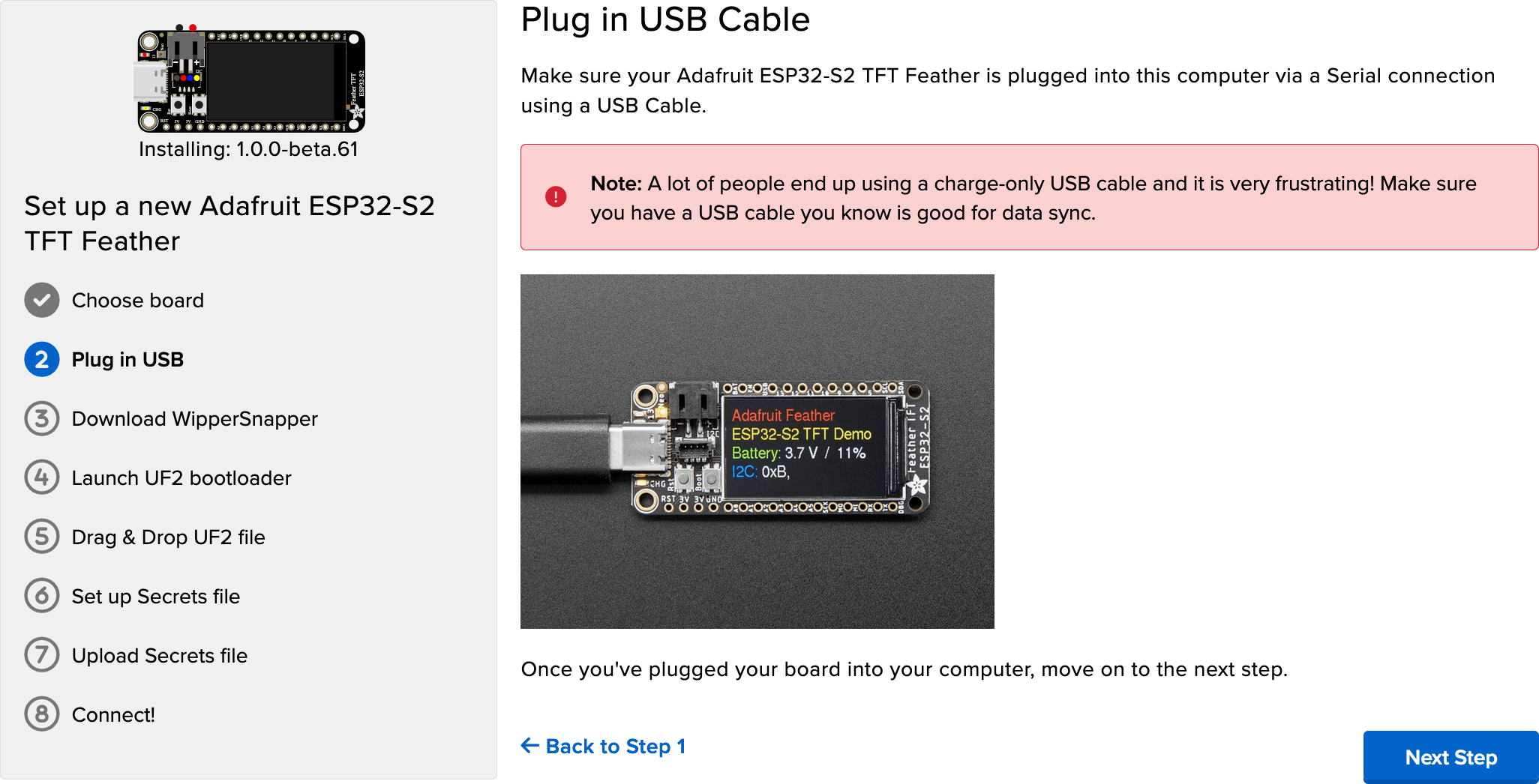
But, it only worked for boards with UF2 bootloader support, what about boards without?
Browsers + Tools = Browser Tools
We try make things surprisingly simple for WipperSnapper, so we reached for the new Web Serial API and Adafruit’s own @makermelissa ported some key firmware tools to JavaScript (details). In what seemed like no time, we had an experimental web page (source) that could flash the WipperSnapper firmware onto these boards. Hurray!
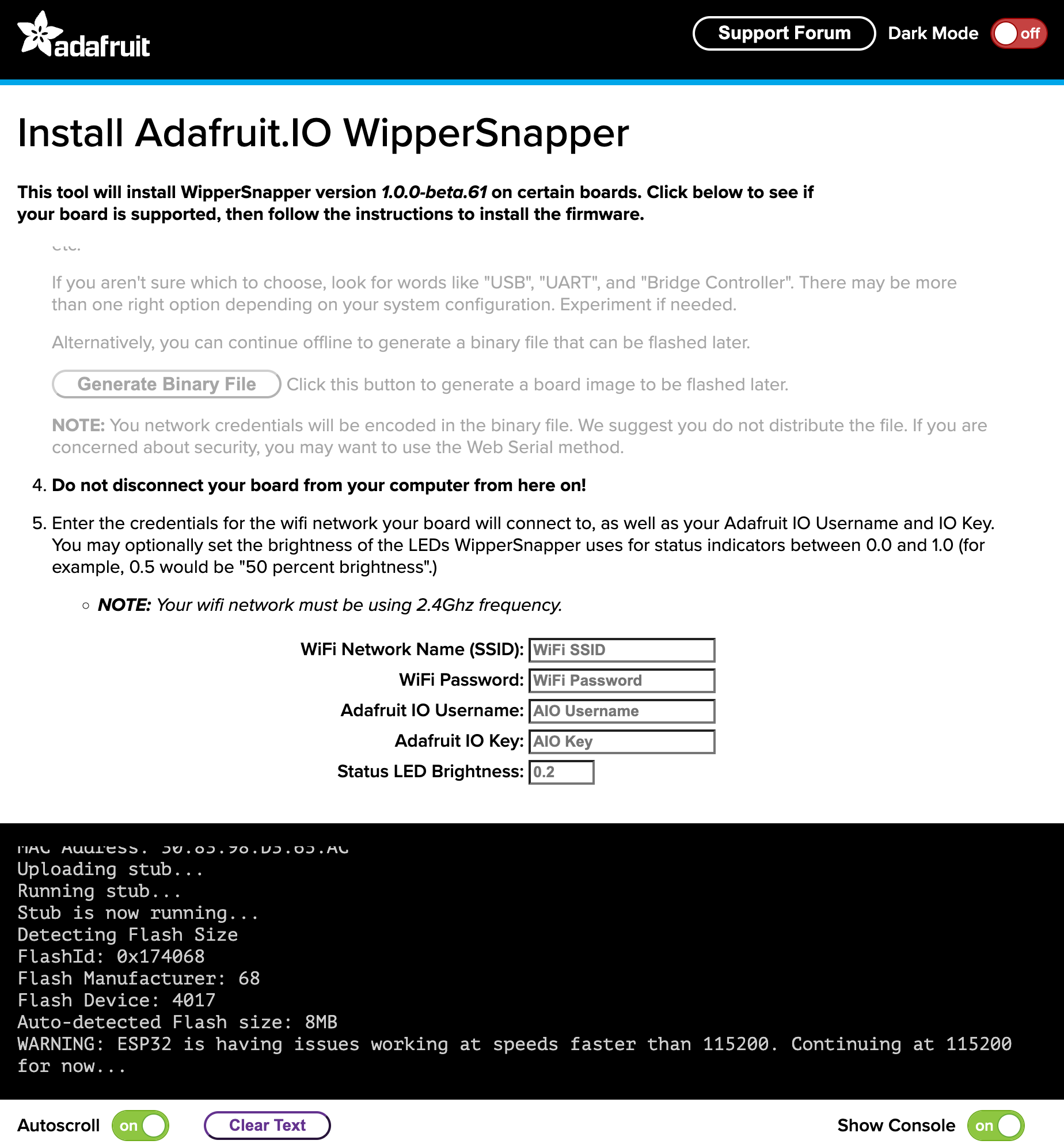
For folks who can’t (or prefered not to) use the web-based tool, we added an option to download the firmware as a file that can be flashed in the traditional manner at the command line.
How Did It Go?
There were a few reasonably concerning things about this experiment:
- Redirecting users a stand-alone site might be jarring.
- Connecting to USB ports from a website is new and surprising.
- No design or UX pass: it’s function over form.
But it turns out it’s pretty good! Measuring by the sheer quantity of these boards we’ve seen connect, it must be working out well for our users.
So we did the natural thing: we built it into IO!
The New, Improved Firmware Installer
Let’s take a quick look at it here.
We select our board and enter our WiFi credentials. In this flow, the credentials (including our AIO Key) are written to the board automatically, along with the firmware.
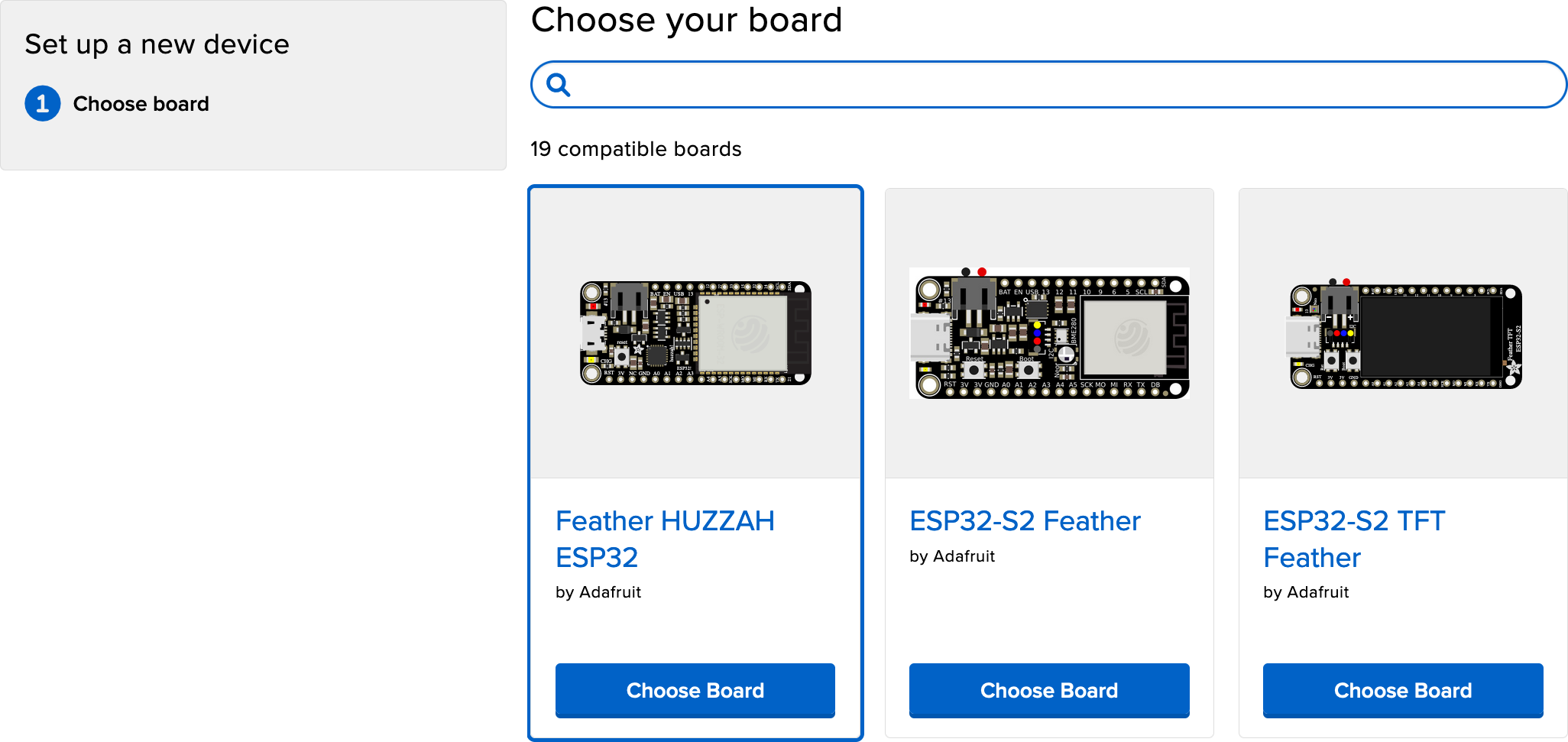
Web Serial Installer
If the board is compatible with the Web Serial flow (and we’re using a compatible browser), we’ll get step-by-step instructions that guide us straight through the process of installing WipperSnapper: no code or command lines required!
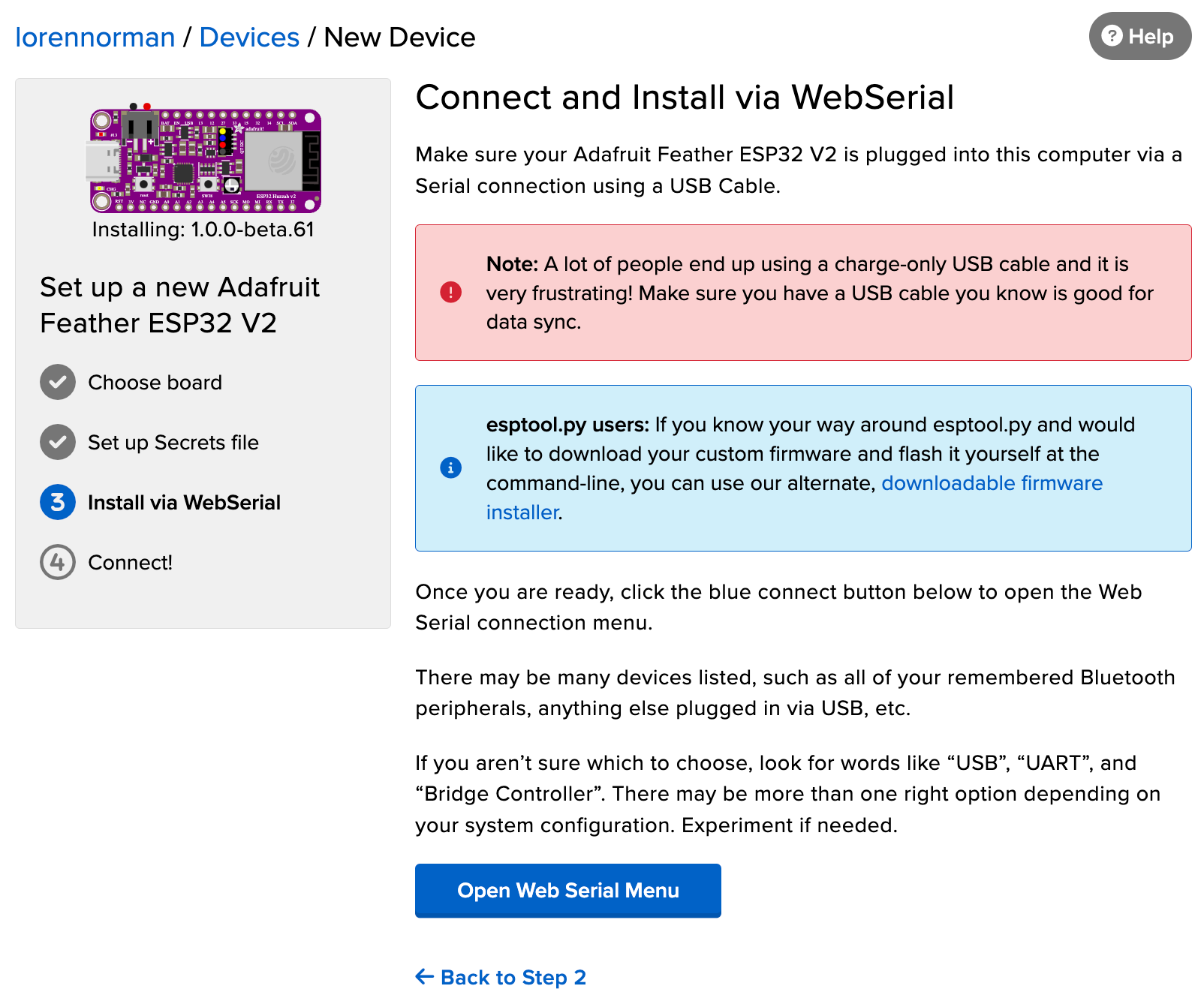
MergeBin Installer
And if we don’t want to use the Web Serial flow for any reason, the MergeBin-based download flow is also built in, with nice instructions and snappy performance.
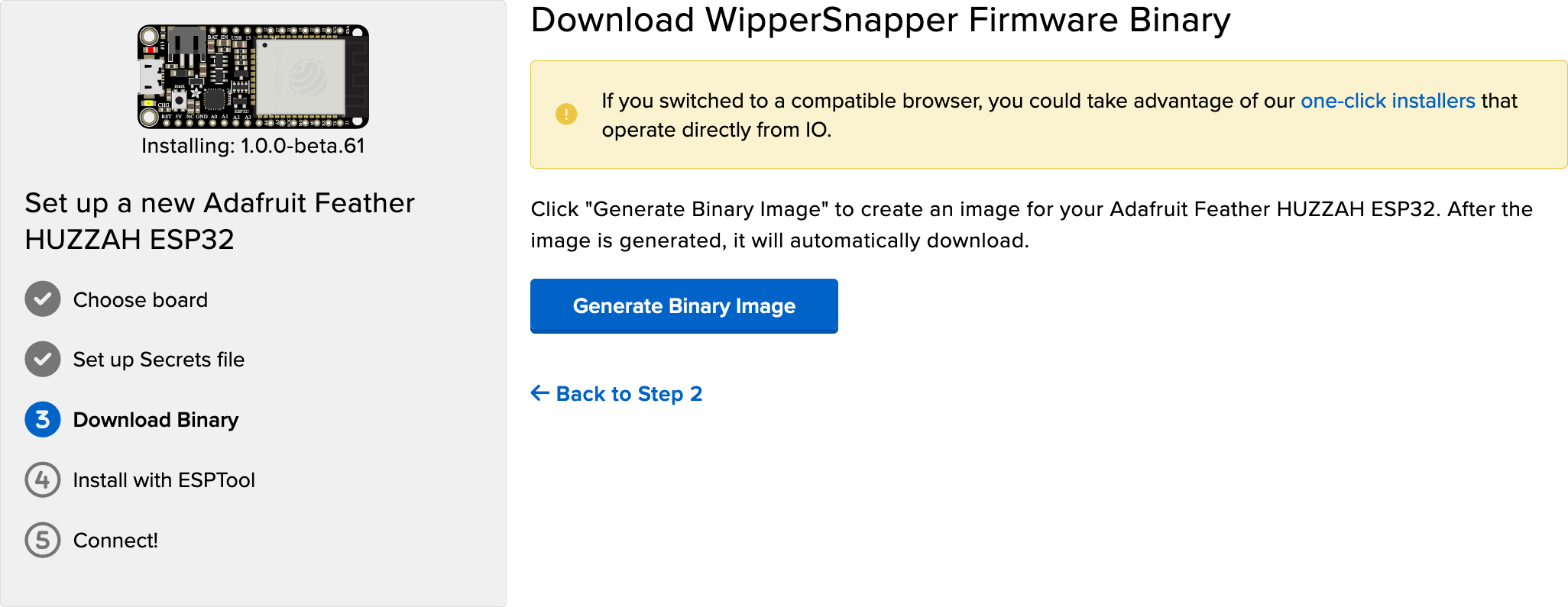
Guides, Guides, Guides
What would a new feature be without some Learn Guide content to go with it? Here’s the guides for the 5 boards we currently support with this flow:
- ESP32 Feather V2
- QT Py ESP32-C3 WiFi Dev Board
- HUZZAH32 ESP32 Feather
- Feather HUZZAH ESP8266
- QT Py ESP32 Pico
That’s It (For Now!)
With these updates and lots more to come, we hope to see your project built on WipperSnapper soon!
Technical Footnote:
These are the firmware tools that were ported to JavaScript (and open sourced!) in the creation of this feature:
As always, if you have any suggestions or bugs to report about these new features, please let us know in the forums.
-
Adafruit IoT Monthly: AI Teddybear, Designing Accessible IoT Products, and more!
IoT Projects
AI-powered E-Ink Newspaper
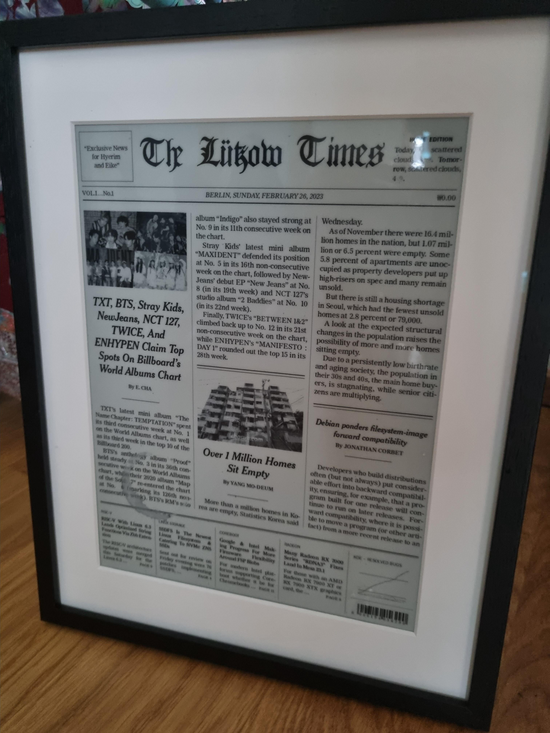
Hyepaper is an “automatic newspaper in a frame, intended as a decorative piece”. The project scrapes popular websites, has OpenAI’s ChatGPT API summarize the articles, and delivers a “front page” newspaper view to an E-Ink display. - Hackaday.io
Robotic AI Bear using ChatGPT
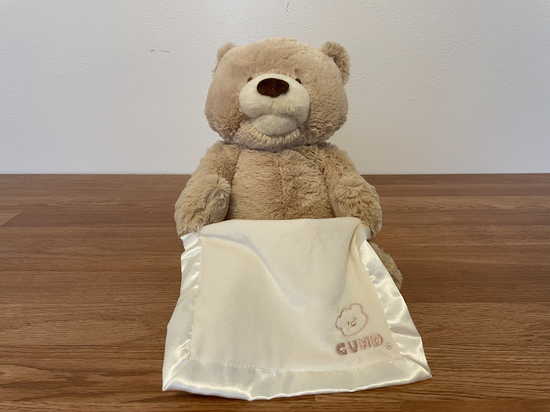
Inspired by “a popular toy in the 1980s called Teddy Ruxpin that would tell stories while making prerecorded robotic gestures and movements”, this project upgrades an off-the-shelf robotic teddy bear to utilize OpenAI’s ChatGPT API to add prompts and tell bedtime stories. Click through the link for a video of this project in action. - Adafruit
14-Segment Display + Boredom = IoT Message Board
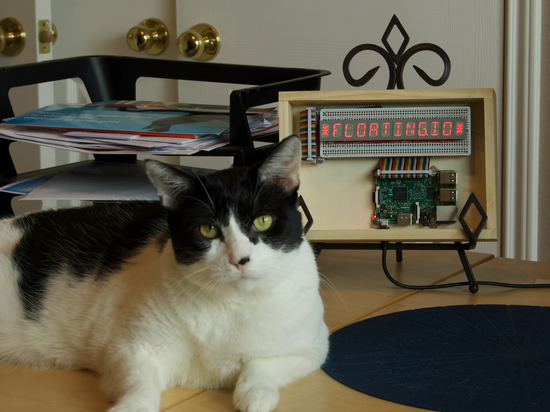
Floating.io was bored and “had a Raspberry Pi, a bunch of 14-segment displays, and way too much time on my hands”. The result is a 12-character, 14-segment display acting as a message board that can be modified by the Internet. - floating.io
Italian Espresso Robot with Live Flow Data

The Gaggia Pro is an excellent espresso machine, except it requires a lot of manual tweaking to perform the functions of a more expensive espresso machine. Nicholas DiPatri modified an Italian espresso machine to execute the steps of an expensive espresso machine (things like modulating brew pressure, dual PID control, auto-shutoff, and more). - Adafruit Blog
IoT News and More!
Over 2,000 devices running WipperSnapper have connected to the Adafruit.io No-Code IoT Platform
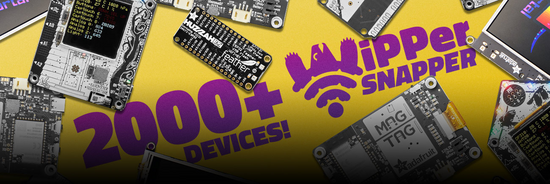
Over two thousand microcontroller boards have successfully connected and sent data to Adafruit.io using our Open-Source WipperSnapper firmware! WipperSnapper is a firmware designed to turn any WiFi-capable board into an Internet-of-Things device without programming a single line of code. WipperSnapper connects to Adafruit IO, a web platform designed (by Adafruit!) to display, respond, and interact with your project’s data. WipperSnapper’s open-source firmware currently supports 22 development boards and 46 components (including various sensors, actuators, LEDs, buttons, and switches)! - Adafruit Blog
The Uninvited Guest: IDORs, Garage Doors, and Stolen Secrets
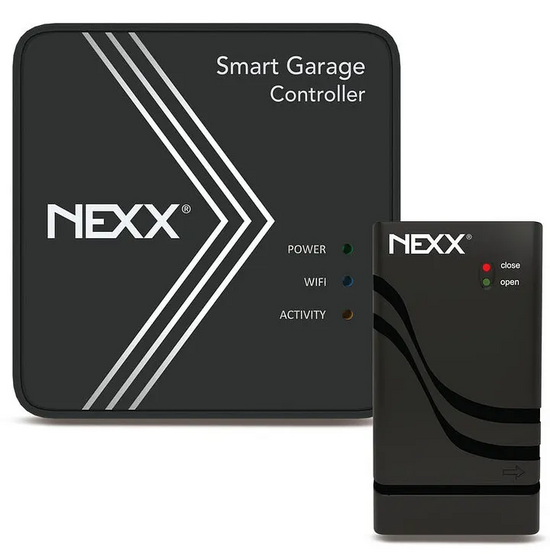
Sam Sabetan writes about discovering vulnerabilities in Nexx’s smart garage door openers leading to anyone being to open a garage door “belonging to others from anywhere in the world”. - Medium
Designing Accessible IoT Experiences

Smart devices should make everyone’s lives easier. This article dives into how engineers and product designers can build better “smart devices” with accessibility for users with disabilities in mind. - Staceyoniot
Hands-On: Matter beta for Home Assistant
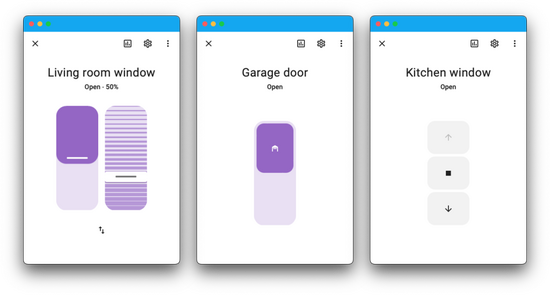
A hands-on review of the Home Assistant project’s Matter support which is currently in beta. - Staceyoniot
-
Adafruit IoT Monthly: Star Fragments, Fish Farms, and more!
IoT Projects
Star Fragment IoT Lamp
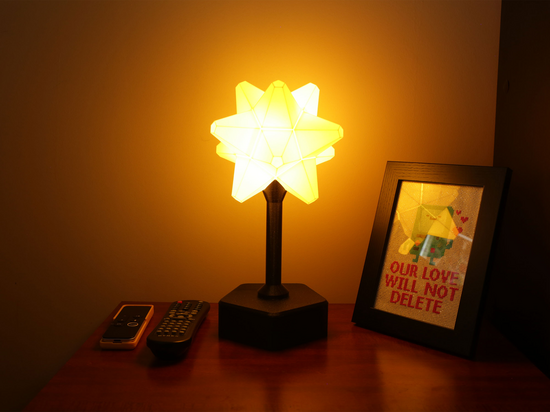
Inspired by Star Fragments from video games such as Zelda: Breath of the Wild and Animal Crossing: New Horizons, this fully 3D printed star-shaped lamp uses a QT Py ESP32-S2 and NeoPixel LEDs to turn on when the sun rises and off when it sets. - Adafruit Learning System
IoT Powered Tide Clock and Water Level Display
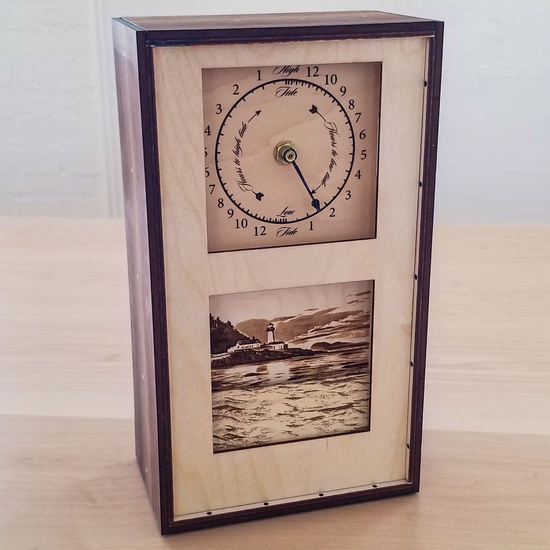
Ever wanted to know what the local tide was doing? Here’s an IoT device that uses an NOAA API to tell you all about it. It displays how long it is until the next high or low tide and shows the current water level. - HackADay.io
Mini Weather Station
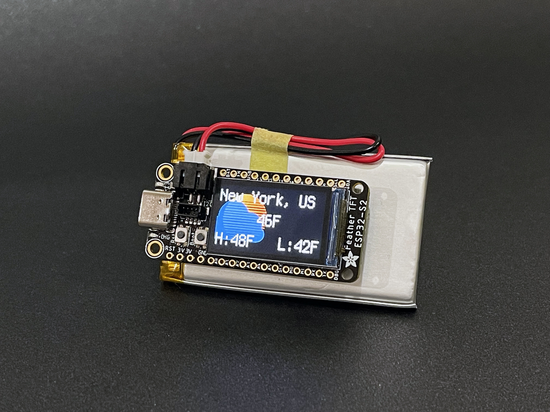
Is the weather outside delightful or frightful? A mini weather monitor using the OpenWeatherMap API to extract and display information - Adafruit Learning System
A fully custom mailbox alert system with LoRa
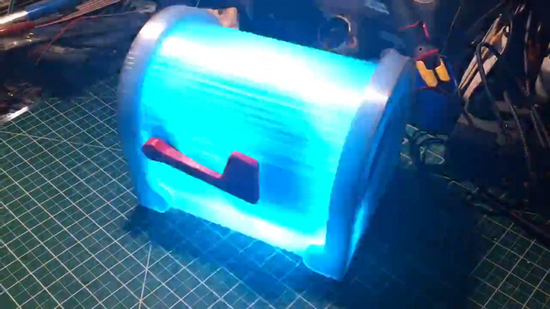
TreasureDev posts on Mastodon their fabulous multimedia project, a take on a notification system when something arrives in one’s mailbox. - Mastodon
Conversion of a defective flip clock to NTP
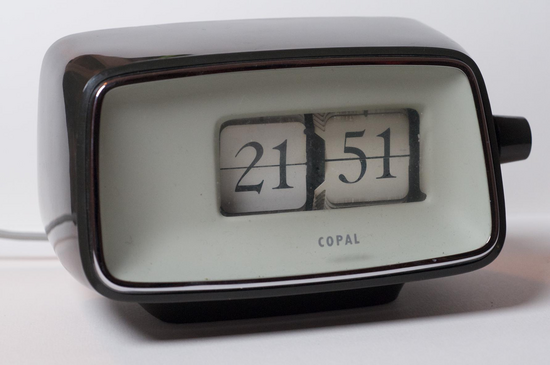
Converting a lovely flip clock from 1960 to use a stepper motor and obtain the current time from the Internet. - Wolfgang Jung
Self-Watering Plant System
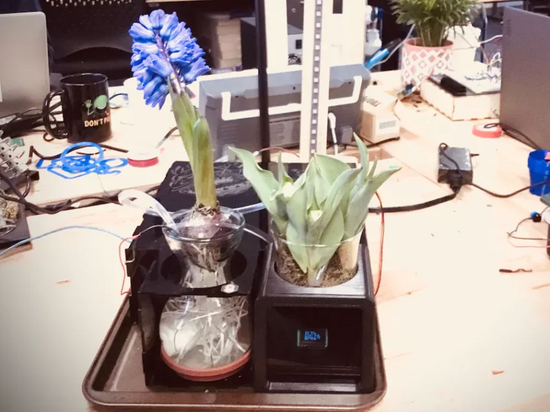
James Black shared their self-watering plant system “Calm Station” which provides users with real-time room conditions. - Adafruit Blog
Wrist-mounted Air Quality Monitor
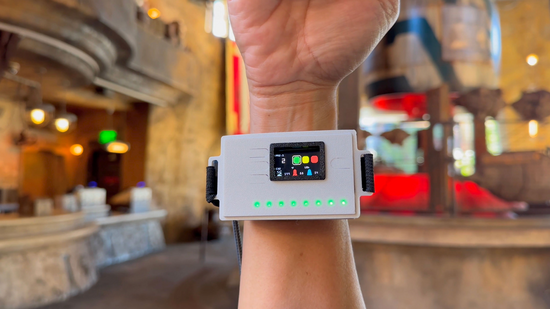
A wearable take on an internet-connected air quality monitor. - Adafruit Learn
Grafana on a Fish Farm
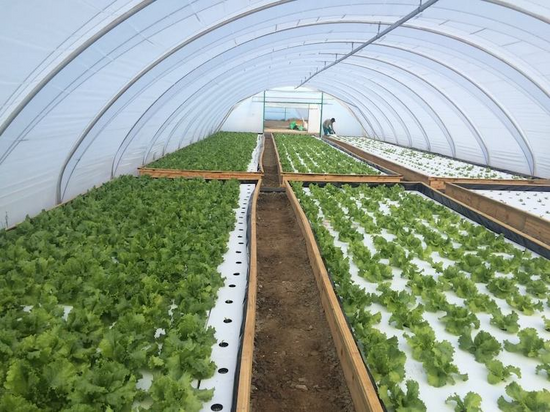
Details of using Grafana to monitor a fish farm. - Grafana Blog
IoT News and More!
Amazon opens its Sidewalk network to developers
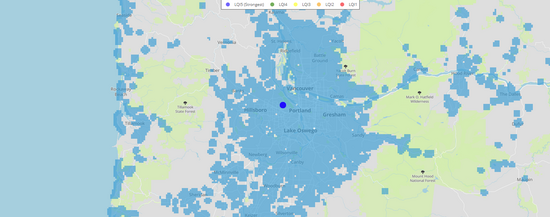
Four years ago, Amazon announced their low-bandwidth long-range wireless network named Sidewalk. This week, Amazon announced that the private network is now open to developers using AWS IoT. - Techcrunch
28% of US Internet Households Have 3+ Smart Home Devices
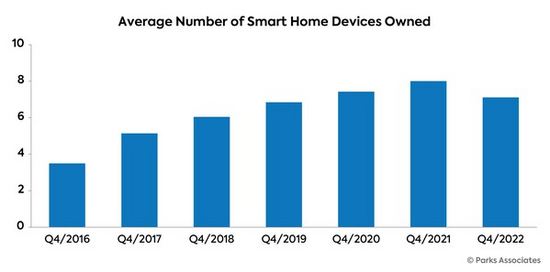
First-time homebuyers are leading the charge in expanding the connected device market. While smart home purchases are generally down from 2022, “robotic vacuum cleaners, smart cameras, video doorbells, and smart thermostats experienced higher purchase rates than in 2021. - PRNewsWire
